If you’ve got a sweet tooth, you might have noticed a changing trend in the world of chocolate. Higher prices and smaller candy bars are becoming the norm – and unfortunately it’s not going to stop there, as a recent report reveals there’s a lot of change coming in the future. Let’s see what’s going to happen.
Climate Change Impact
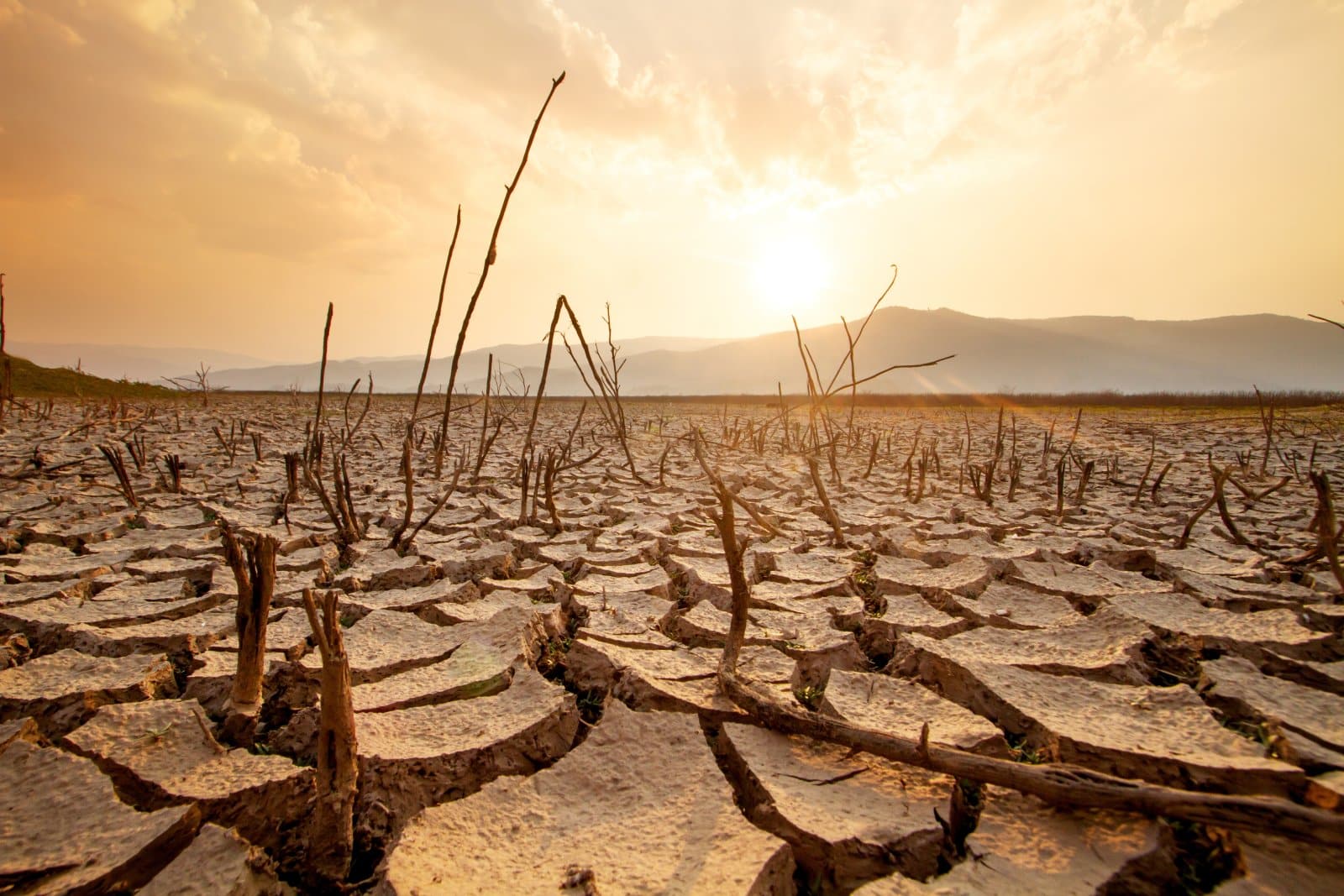
We’ve all heard about the impact global warming is having on the planet. Rising sea levels, hotter summers, colder winters, and mass floods are all part of the parcel.
A Global Overview
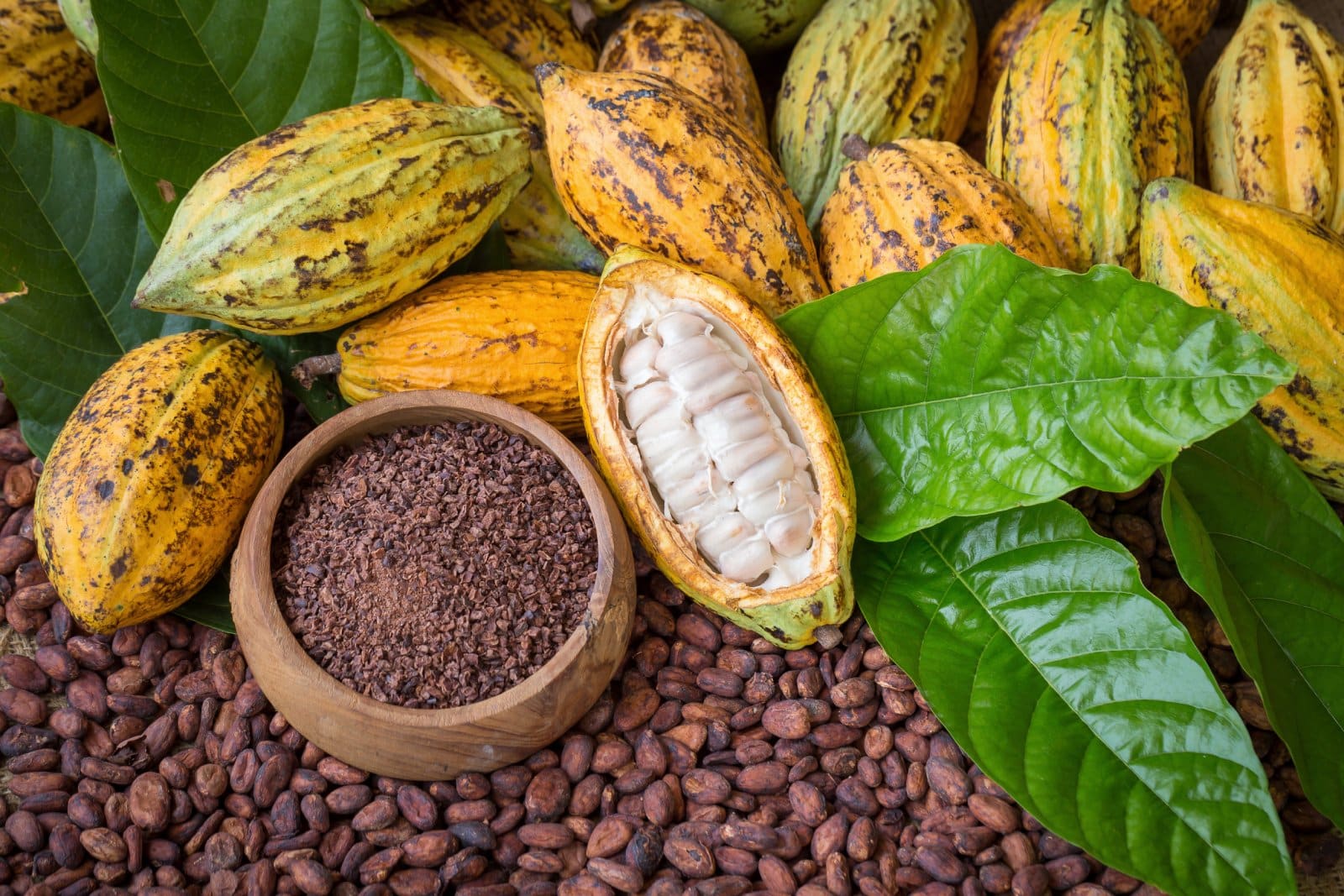
Food crops are predicted to see massive losses across the board, and this sort of thing has already begun happening in other parts of the world. And that brings us to chocolate, or cocoa as it’s known.
Chocolate Crisis
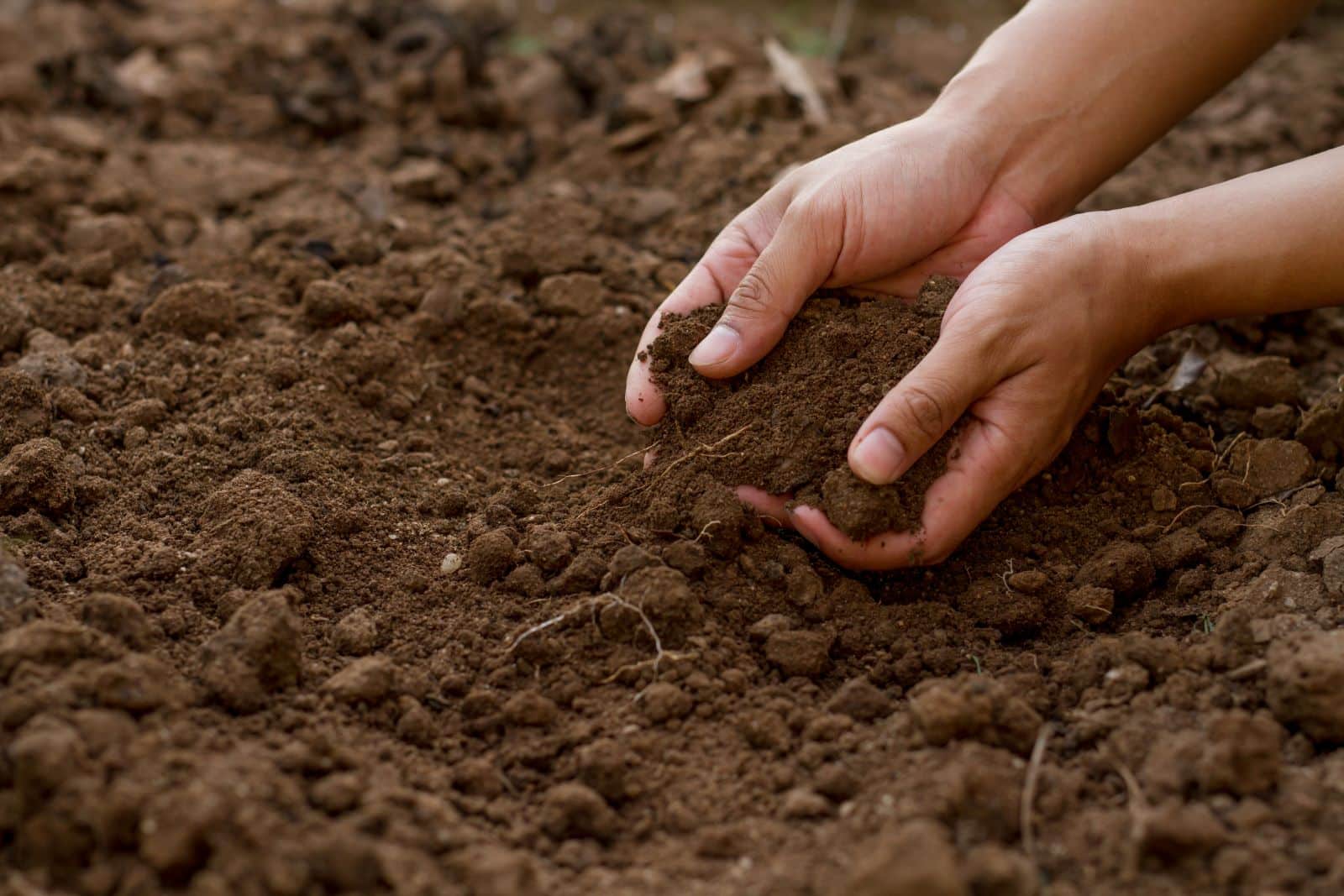
Cocoa beans, the basis of all chocolate, are being hit hard by climate change. As cocoa production in West Africa (which accounts for 70% of the global supply) runs into issue after issue – droughts, heatwaves, and disease – cocoa prices are on the rise.
Passing Costs to Consumers

The standard $3500 metric ton – a stable price for the last 40 years – is now closer to $7000 than ever before.
Innovation in Chocolate

Candy manufacturers have been pushing the extra costs onto consumers for the last year, but with prices steadily increasing, companies are looking at new measures to safeguard their supplies and beat the price rises. And chocolate lovers won’t be happy with their plans.
Companies’ Cost-Cutting Measures
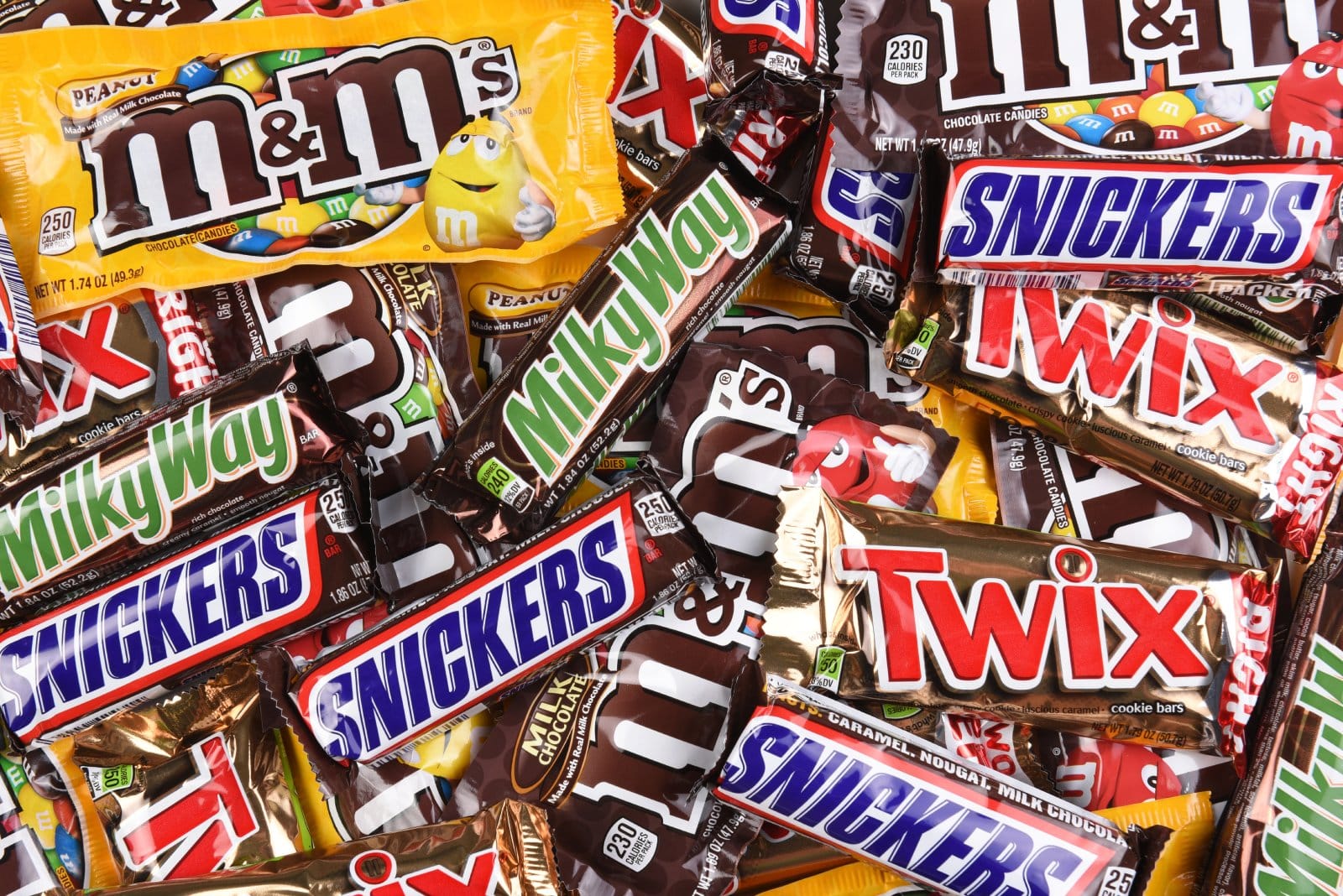
In the coming weeks, months, and years, expect to see all new products from your favorite chocolate manufacturers, only this time with less chocolate – in some cases entirely without.
Fruits, Nuts, and Caramel
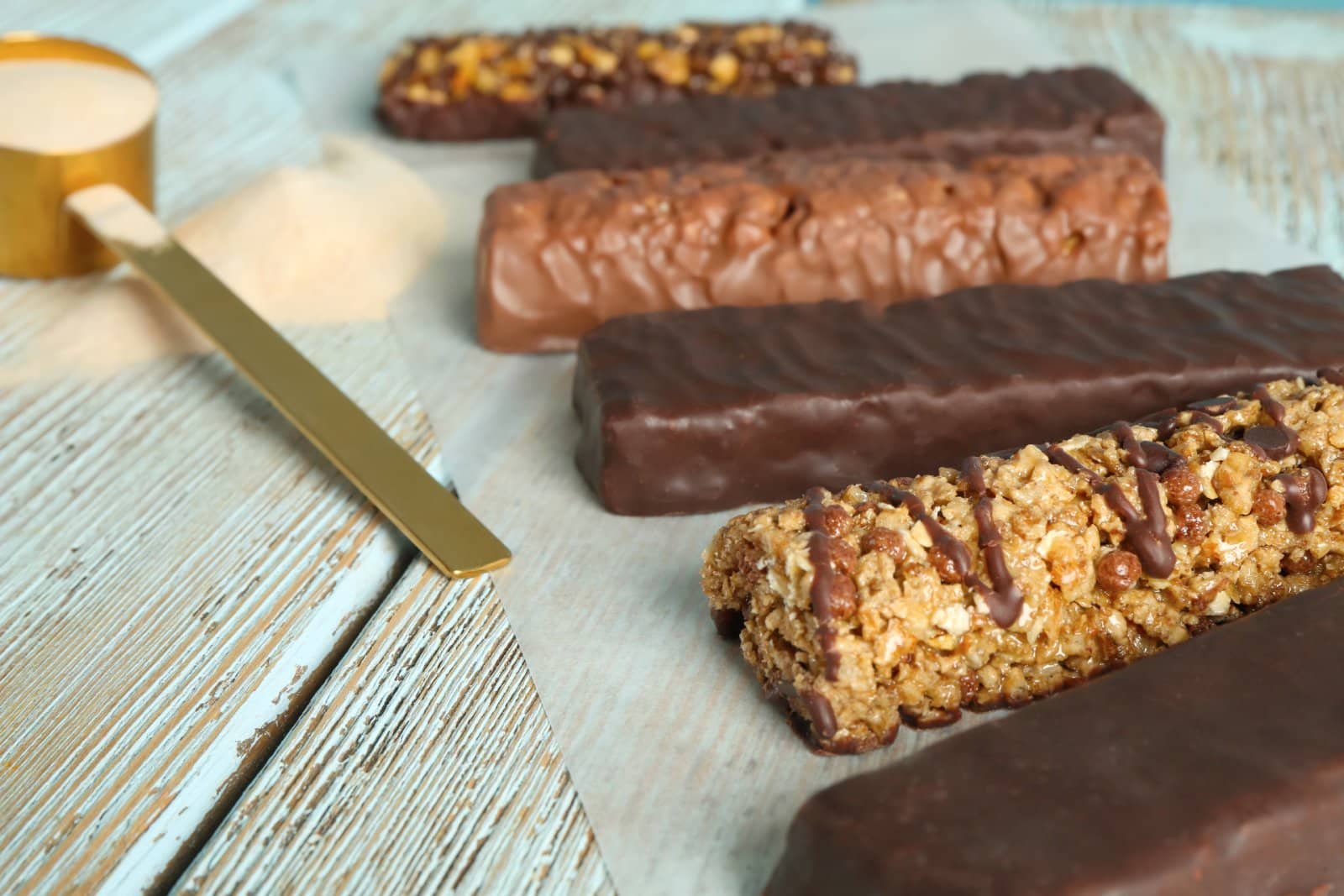
The best way to cut costs for many companies is to simply phase chocolate out entirely, replacing it with fruit and nuts or caramel – a popular substitute due to its sweetness.
Chocolate Substitutes

Hershey, for example, has just rolled out a new KitKat bar that’s partially dipped in chocolate rather than entirely. Experts predict that “now, with the high costs of cocoa and consumers looking for indulgences, we will see more of these innovations come to market.”
Cocoa Butter Substitutes
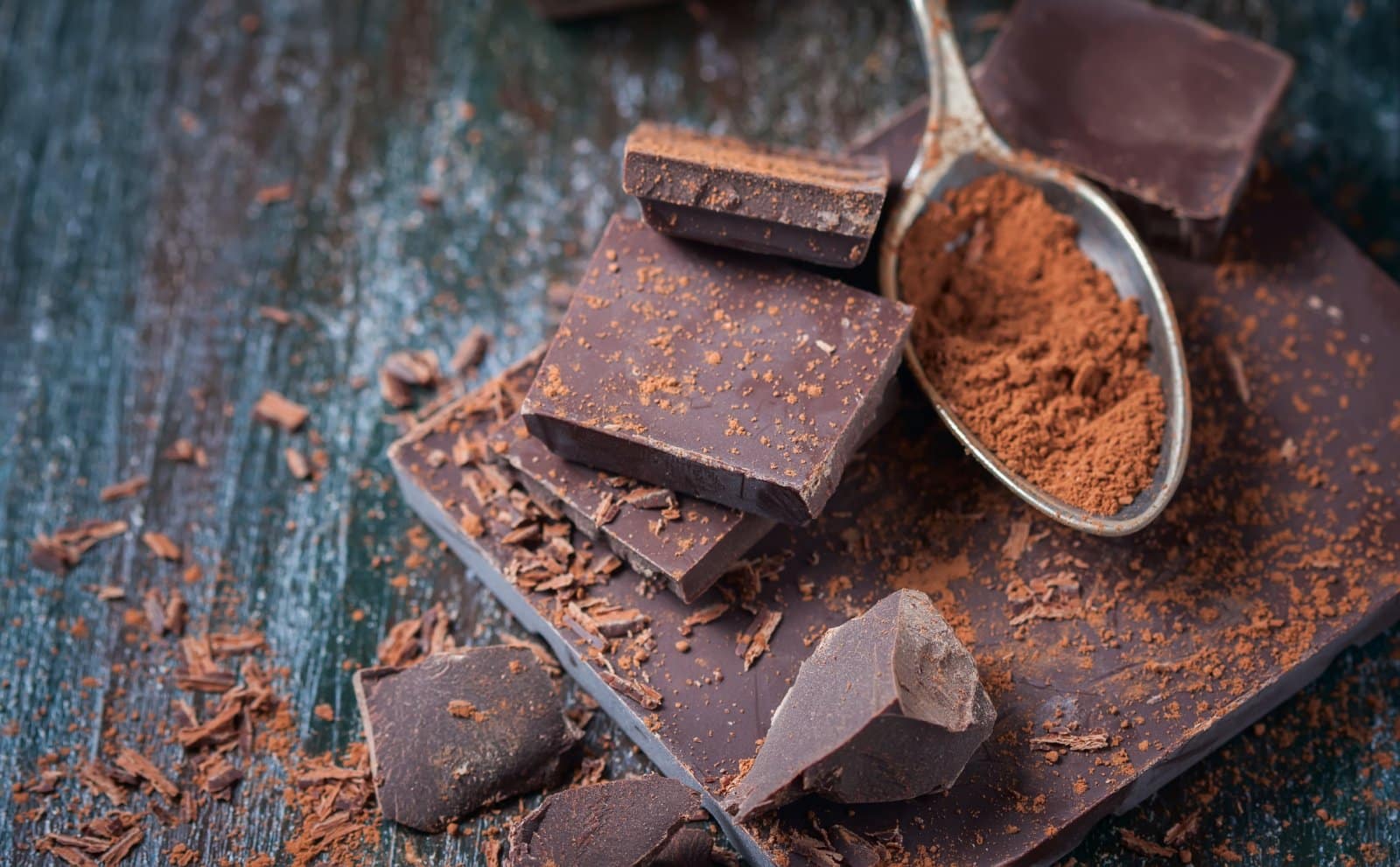
Companies are also looking to replace the cocoa butter – a key ingredient in chocolate – in their candy with cheaper substitutes.
Organic Sugar Sweeteners and More
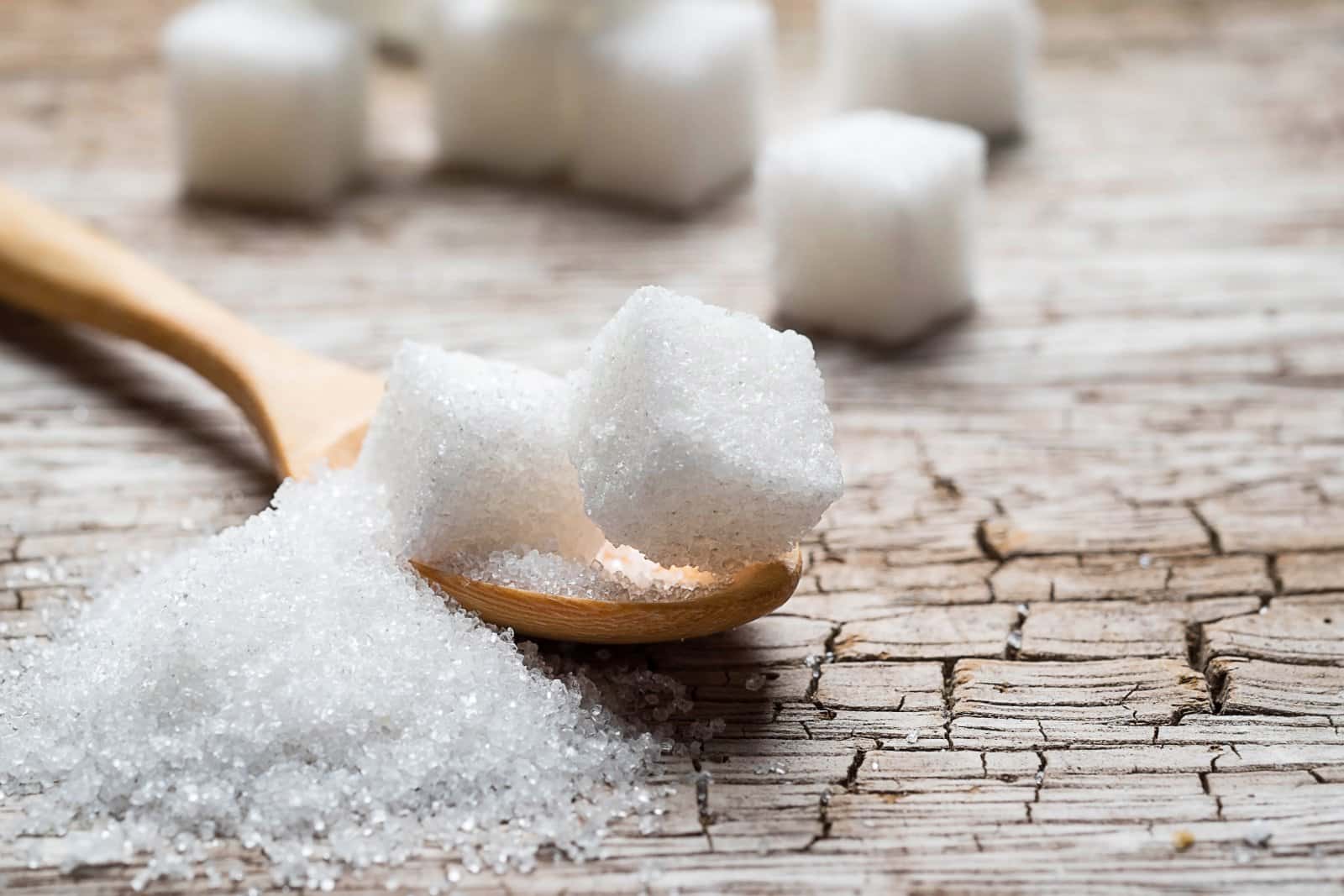
As chocolate bars typically contain 20% cocoa butter, companies have been experimenting with organic sugar sweeteners and things like shea butter or palm oil.
Shrinkflation in Chocolate Bars
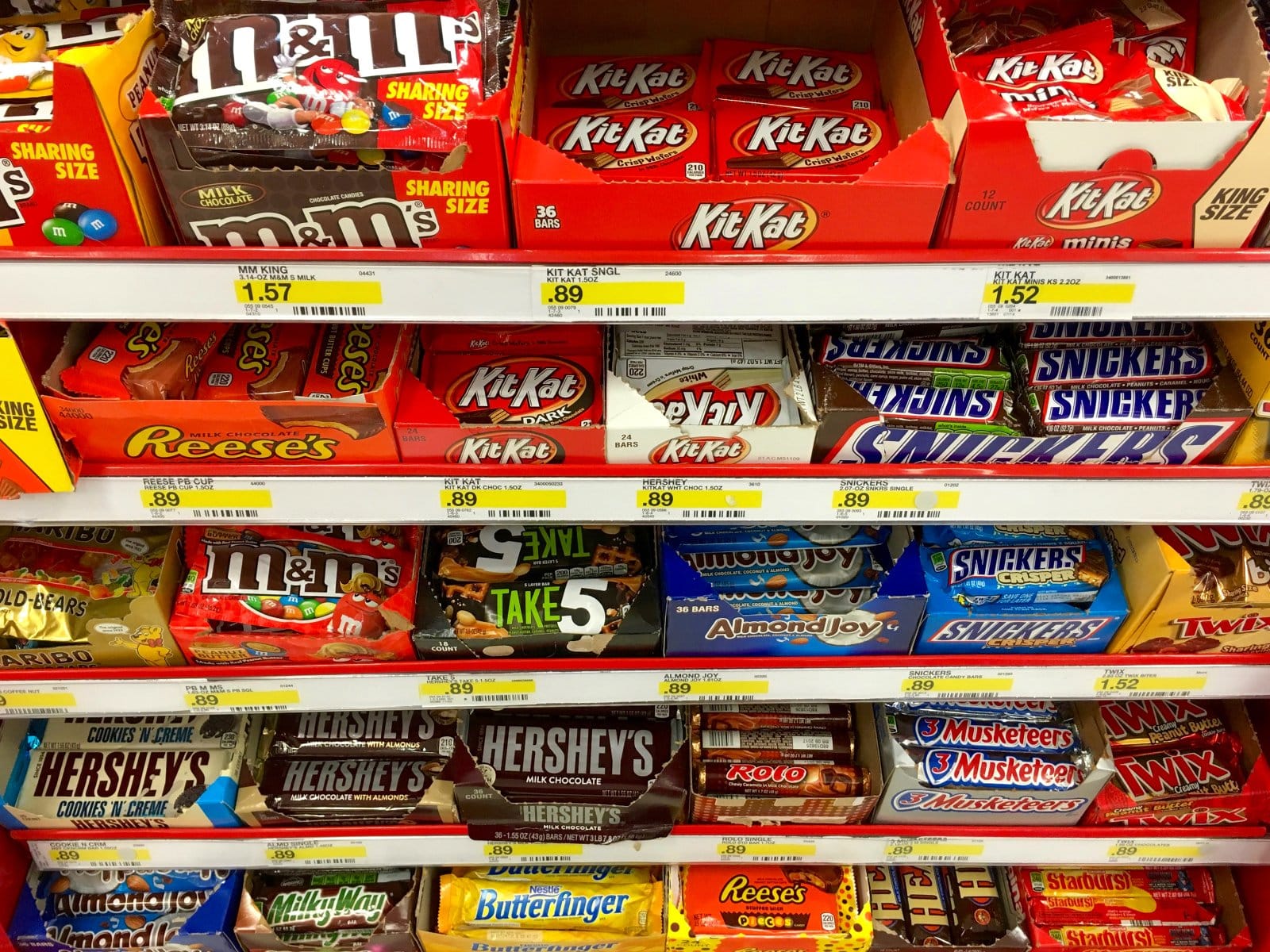
Many companies have also resorted to shrinkflation – shrinking the size of their candy bars but charging the same or an inflated price.
Galaxy Chocolate Bar’s Weight Reduction

It’s a measure that pushes the costs onto the customer and has most recently been seen in the U.K., where Mars Inc. shaved off 10 grams of its popular Galaxy chocolate bar without reducing the price – a decision that shocked the public.
Impact on Company Profits

This was, according to Mars Inc., “not a decision we have taken lightly.” Customers, however, are likely to vote with their wallets, as prices increase and candy bars remain small – they are after all a luxury item. Experts are warning that these measures could result in a big hit to company profits.
Cocoa Producers’ Struggles

On top of rising cocoa prices, cocoa producers are struggling to produce enough cocoa to cover their contracted sales, according to a report from Bloomberg earlier this year.
Fulfilling Contracted Sales

That has a knock-on effect on the next crop of cocoa beans, as producers will have to rely partly on that crop to fulfill sales they made before prices were increased.
Panic Buying Beans
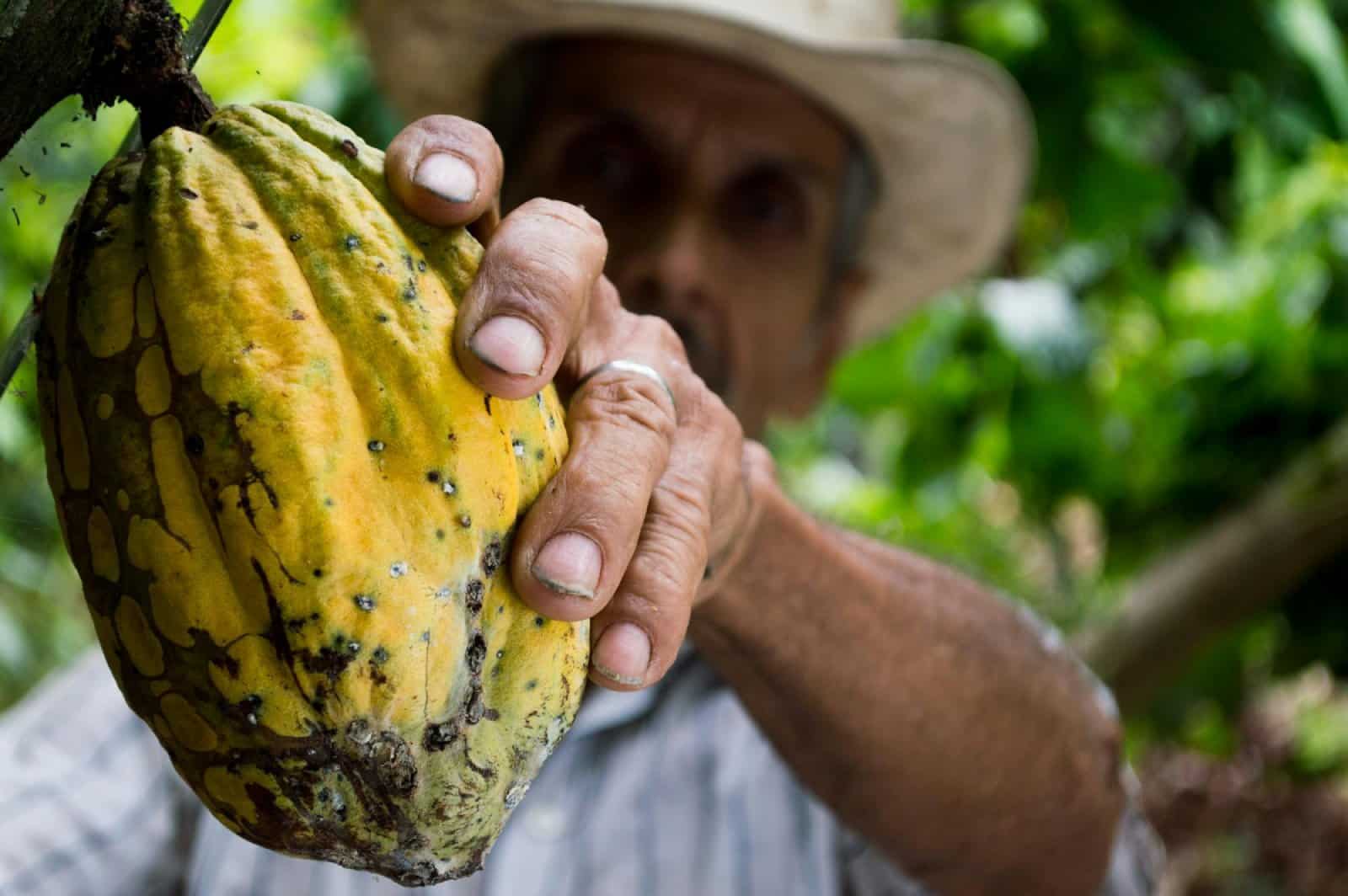
Chocolate companies have also started panic buying cocoa beans, which is creating a cycle of dependency and uncertainty, with every cocoa shortfall making it worse for future crops.
Global Crop Issues
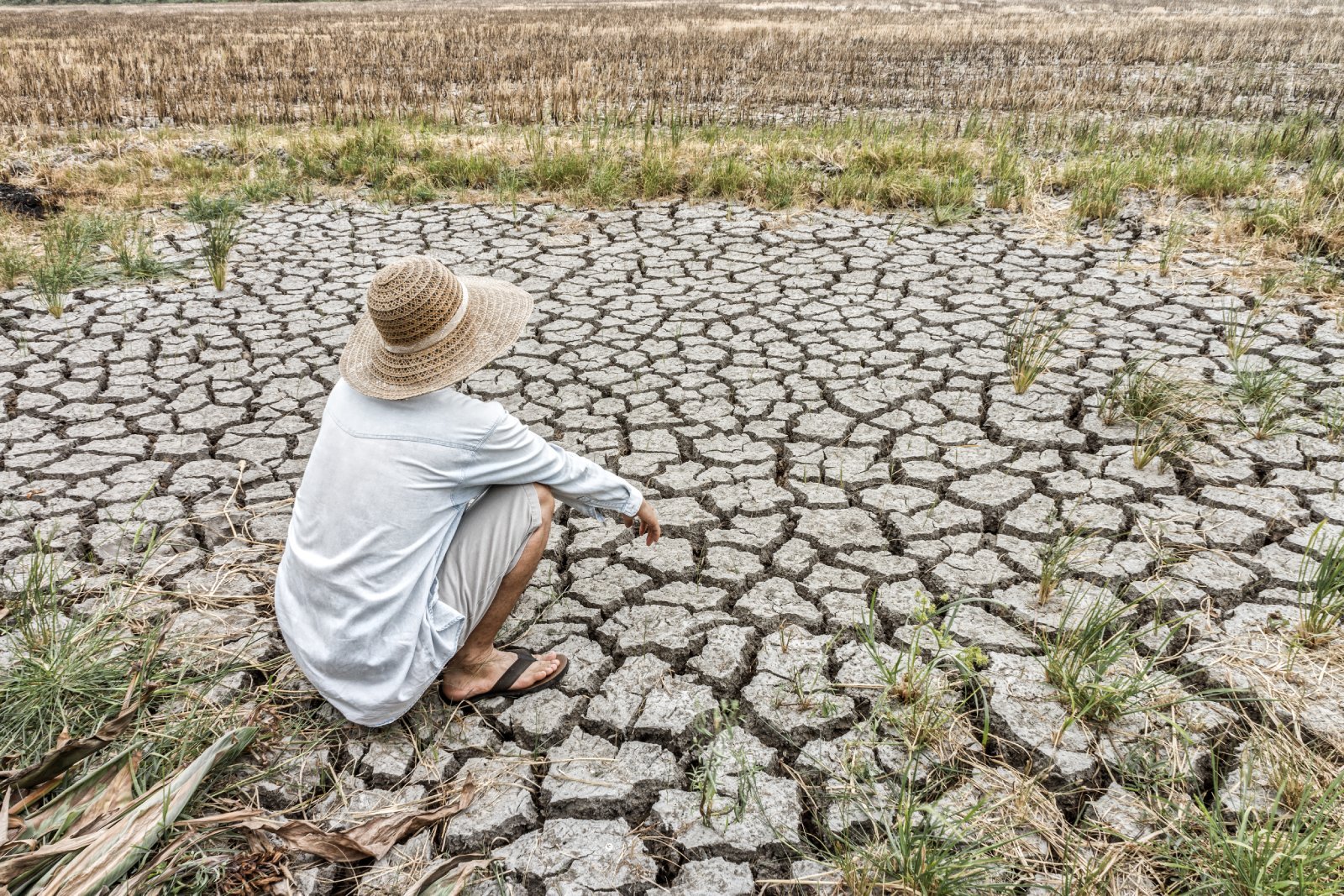
Countries have been grappling with crop issues caused by climate change for a few years now, and consumers will likely have noticed the costs being pushed onto them.
Olive Oil’s Price Surge
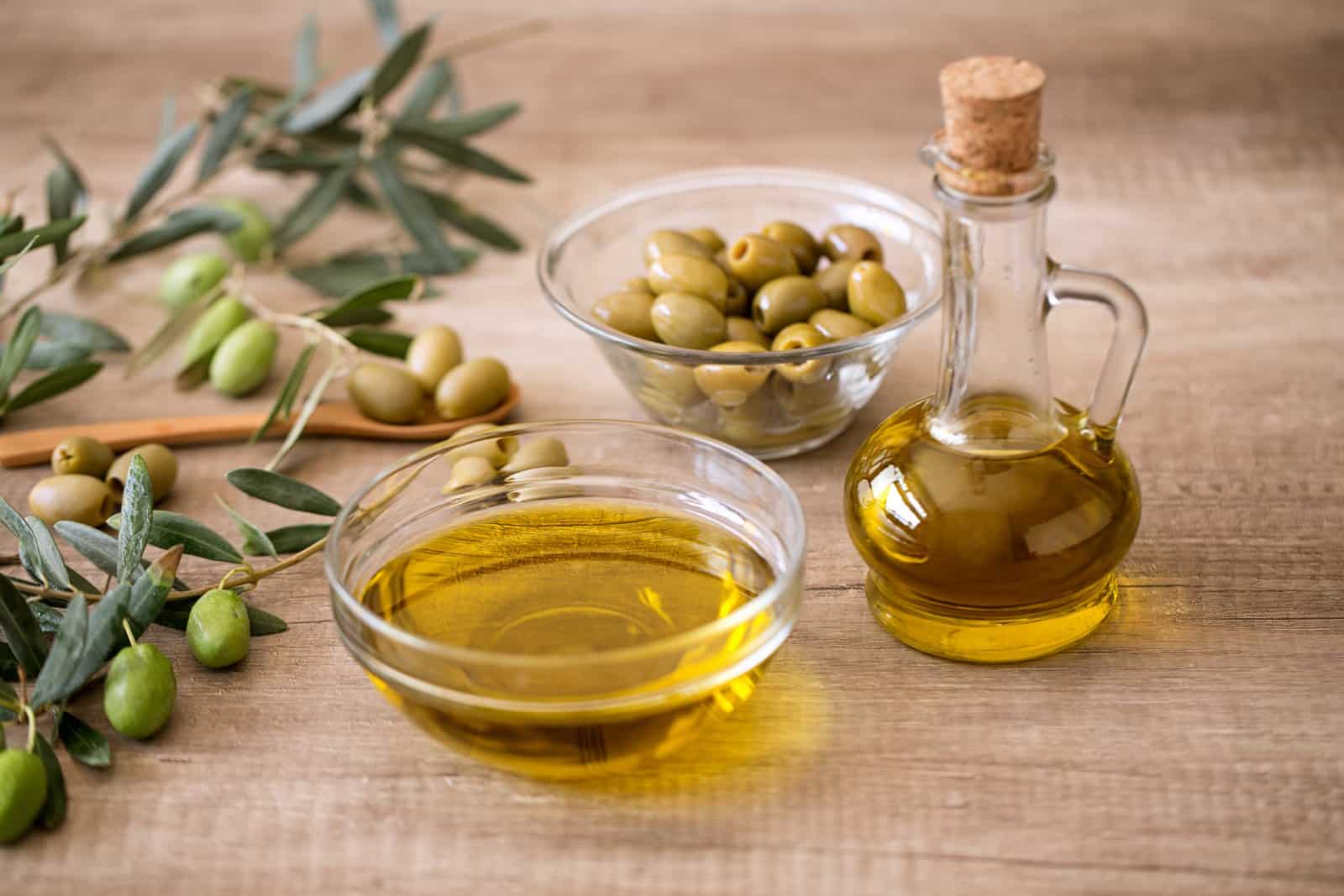
Olive oil prices have soared by almost 70% in a year in Europe due to production issues stemming from prolonged heatwaves and drought conditions. Customers in the U.S. will likely have noticed prices increasing due to this.
Effects of Climate Change on Other Foods

Soybeans, chili peppers, rice, and potatoes are also seeing an increase in price as crops are affected by intense temperatures. It’s a situation that has seen scientists working hard to create methods for food producers to combat climate change.
Genetic Engineering Super Plans

American and Chinese scientists recently genetically engineered “heat-resistant” plants to combat rising temperatures, and researchers in Canada are currently working on a breed of “super potatoes” to survive disease and extreme weather conditions.
The post Chocolate Lovers Beware: Climate Change Threatens Your Favorite Treat first appeared on Wealthy Living.
Featured Image Credit: Shutterstock / PeopleImages.com – Yuri A.
The content of this article is for informational purposes only and does not constitute or replace professional financial advice.





